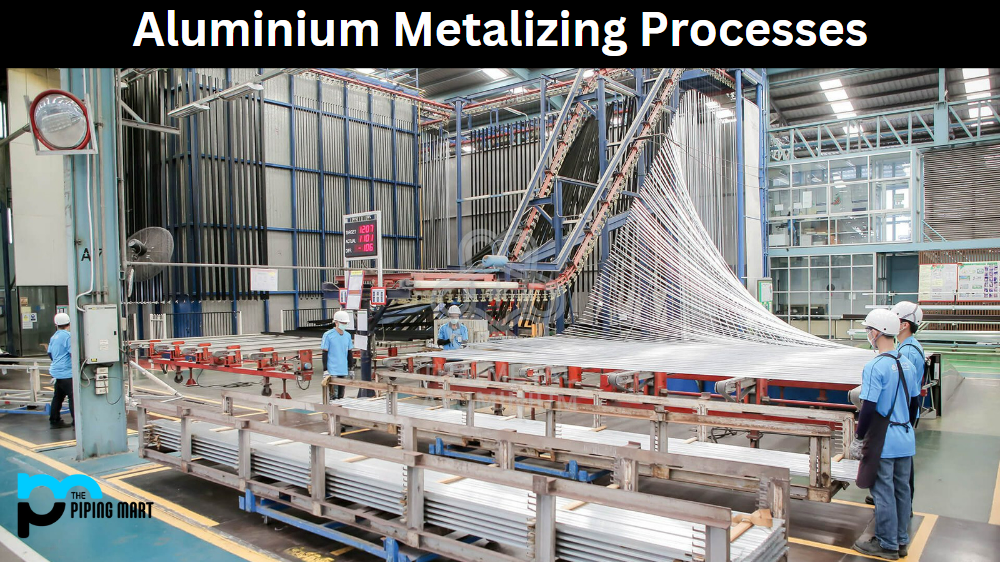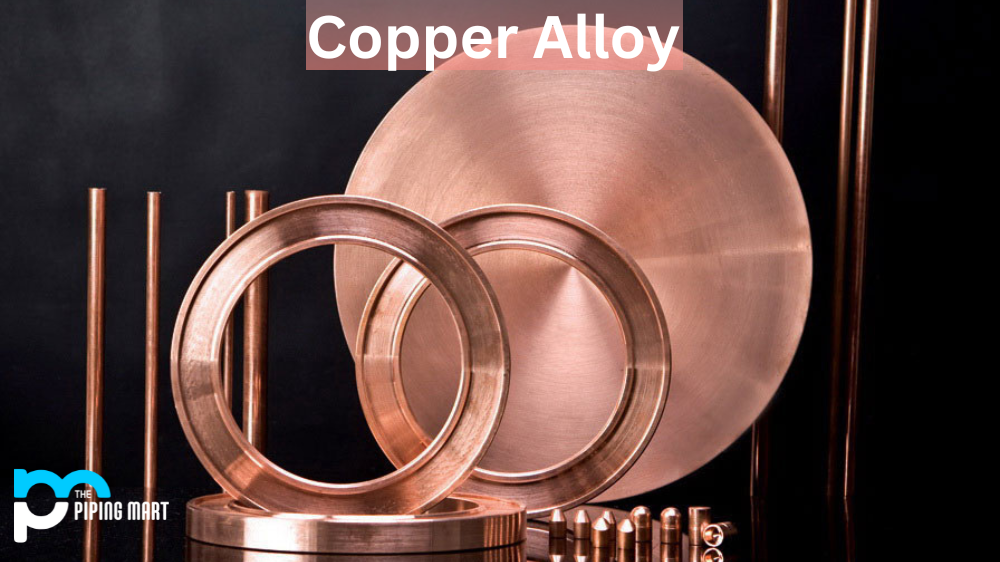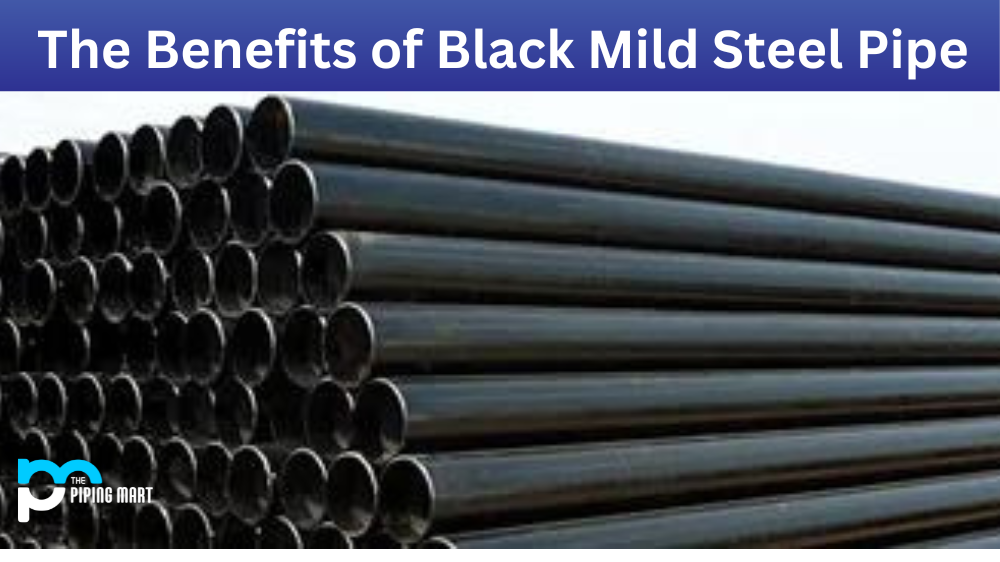Aluminum metalizing is the process of depositing a thin layer of aluminium onto a base material. This process is used for many applications, from strengthening components to providing corrosion protection. This blog post will cover what aluminium metalizing is, why it’s essential, and the various processes available.
What is Aluminum Metalizing?
Aluminium metalizing is a process used to apply a thin layer of aluminum onto a base material. This layer can be applied by spraying, evaporating, or plating the material with an electrolytic solution. The thin layer protects against abrasion and corrosion while also increasing electrical conductivity and improving strength in certain applications. The thickness of the aluminium coating varies depending on the application but typically ranges between 0.0005 inches (0.012mm) up to 0.0050 inches (0.127mm).
Benefits of Aluminum Metalizing
Aluminium metalizing offers several benefits over traditional coating methods such as painting or powder coating:
- Aluminium is much lighter than other metals, which makes it ideal for areas with weight restrictions, such as aircraft components or automotive parts.
- It provides superior corrosion protection compared to paint or powder coatings due to its ability to form an oxide barrier that protects against moisture and other environmental factors.
- The process can be completed quickly and cost-effectively without sacrificing quality or longevity compared to other coating materials.
Process Used for Metalizing Aluminium
Three primary processes are used for applying aluminium coatings: thermal spraying, vapour deposition, and electroplating/electroless plating. Each process has its own advantages and disadvantages, so it’s essential to understand which method would be best for your specific application before proceeding with any work. Thermal spraying uses high-velocity particles that are melted and then sprayed onto the surface being coated, while vapour deposition utilizes evaporation techniques in a vacuum chamber to deposit thin layers onto the substrate material; both are fast processes that provide excellent coverage but have limited durability when compared to electroplating/electroless plating which produces thicker layers that offer superior durability and performance in most cases but take longer to complete due to the complexity involved in setting up the solution baths needed for this type of coating system.
- Aluminium metalizing is a process that can be used to protect metals from corrosion.
- The process involves applying a thin layer of aluminum to the surface of the metal.
- Aluminium metalizing can be done by either electroplating or vapour deposition.
- Electroplating is the process of applying a thin layer of aluminium to the surface of the metal using an electric current.
- Vapour deposition is the process of applying a thin layer of aluminum to the surface of the metal using vapourised aluminium.
Conclusion:
Aluminum metalizing effectively protects components from abrasion and corrosion while providing enhanced strength in certain applications, such as aircraft or automotive components, where weight restrictions are present. There are three main processes used – thermal spraying, vapour deposition, and electroplating/electroless plating – each having its own advantages depending on your specific needs, so make sure you understand which method best suits your project before proceeding with any work! With proper care and maintenance during installation, your finished product should last for years before needing repairs or replacements down the line, thanks to its superior protection properties!

A passionate metal industry expert and blogger. With over 5 years of experience in the field, Palak brings a wealth of knowledge and insight to her writing. Whether discussing the latest trends in the metal industry or sharing tips, she is dedicated to helping others succeed in the metal industry.




